Where your fruits and vegetables are grown - from sweet potato to avocado
A third of Brits believe sweet potato is traditionally grown in the UK
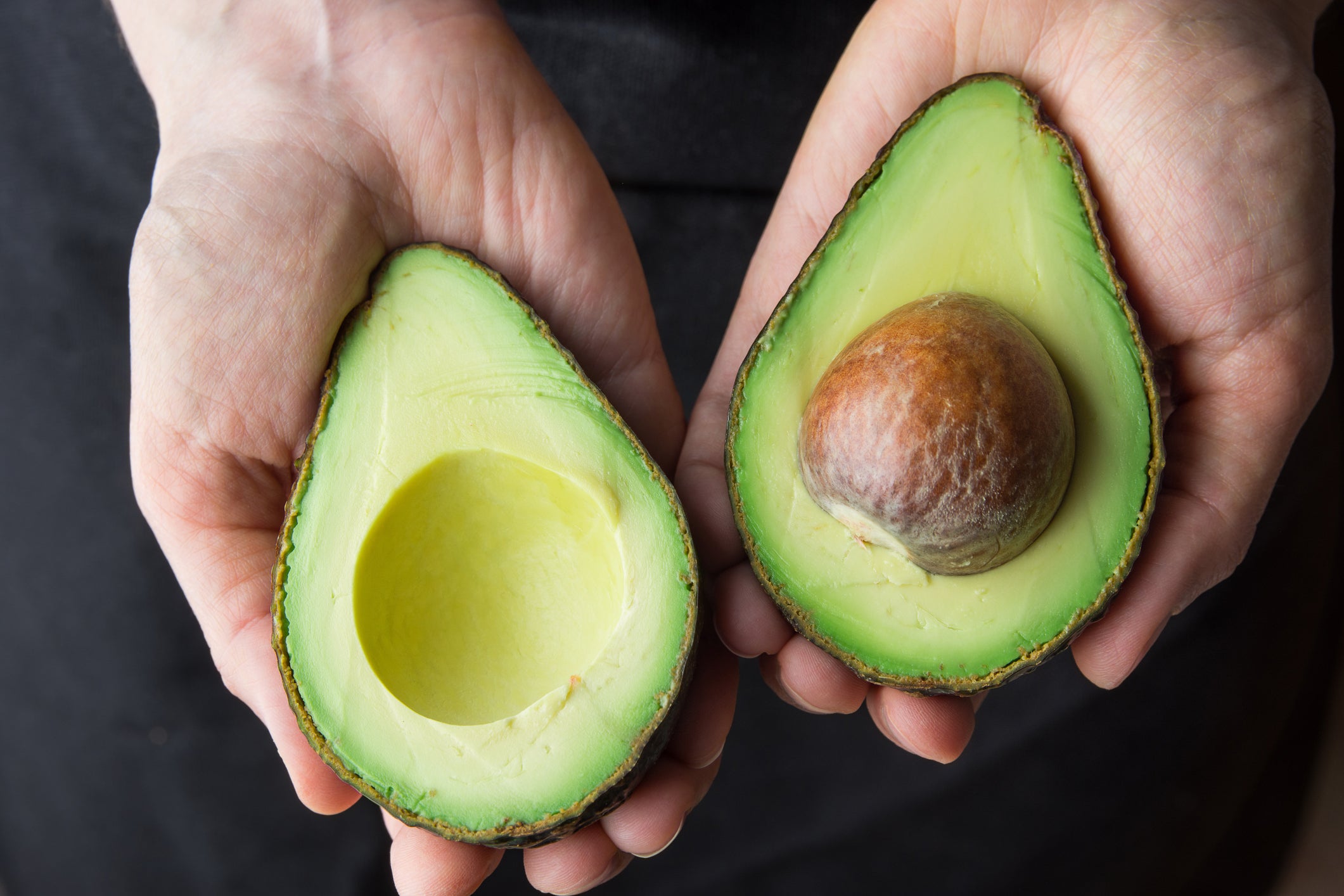
Your support helps us to tell the story
From reproductive rights to climate change to Big Tech, The Independent is on the ground when the story is developing. Whether it's investigating the financials of Elon Musk's pro-Trump PAC or producing our latest documentary, 'The A Word', which shines a light on the American women fighting for reproductive rights, we know how important it is to parse out the facts from the messaging.
At such a critical moment in US history, we need reporters on the ground. Your donation allows us to keep sending journalists to speak to both sides of the story.
The Independent is trusted by Americans across the entire political spectrum. And unlike many other quality news outlets, we choose not to lock Americans out of our reporting and analysis with paywalls. We believe quality journalism should be available to everyone, paid for by those who can afford it.
Your support makes all the difference.A recent study has found that many Brits are not aware of where their fruits and vegetables are grown.
According to the findings, a third of the population think sweet potato is traditionally grown in the UK, despite the majority of the produce actually coming from southern India.
A fifth of Brits also believe Swiss chard is cultivated in the UK, while 12 per cent think the same about melon, which is typically grown in warmer climates.
As many as six out of 10 of the British public have never considered where their groceries originate from.
Considering the fact that a large fraction of our society has a penchant for avocados, it may interest them to discover where the fruit is from.
Here's where all your favourite fruits and vegetables are grown, from avocado to lettuce:
Avocado

Avocados are grown in tropical and Mediterranean climates around the world
However, it's believed the fruit was originally produced in southern Mexico.
Mexico remains the world's largest source of avocado production.
Melon
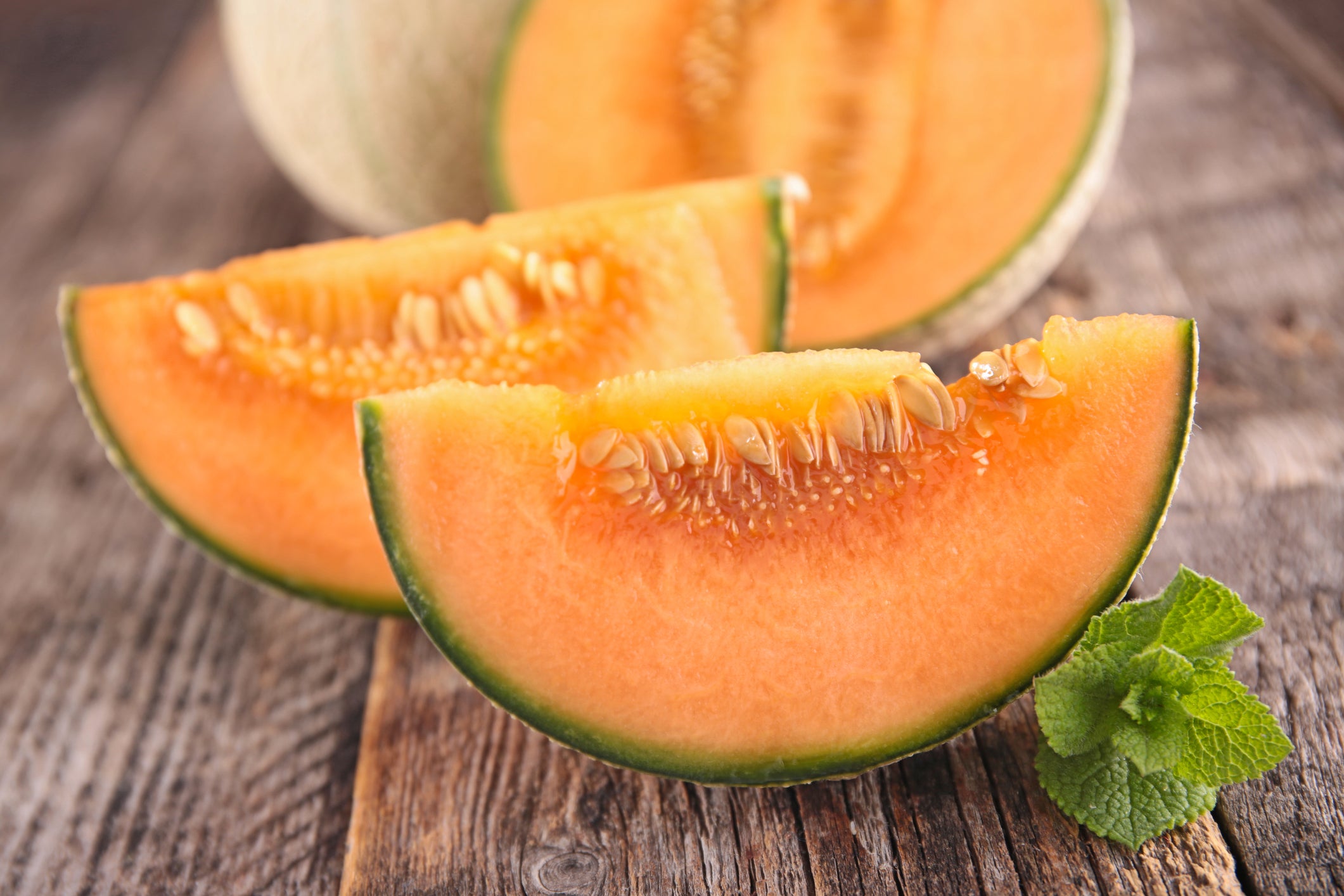
The melon plant is native to central Asia, however its many varieties can be found growing in warm climates around the world, Britannica states.
According to the Royal Horticultural Society (RHS), if someone would like to grow melons in the UK, canteloupe melons would be the ideal choice.
The society advises growing melons in a greenhouse or against a sunny, sheltered wall for best results.
Apples
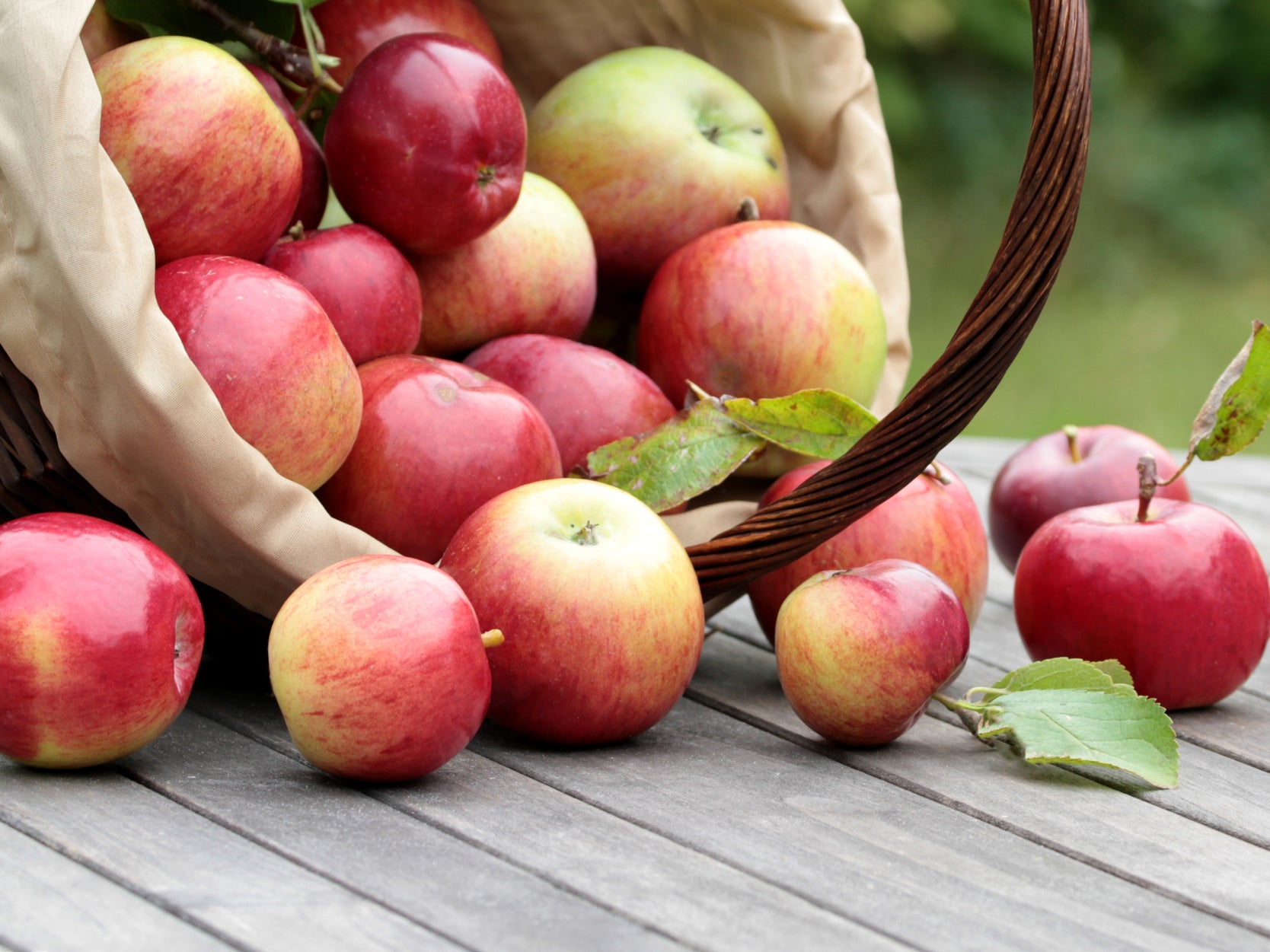
As of July 2017, Poland was the biggest producer of apples in Europe, Eurostat outlines, growing more than one in four apples produced in the EU in the preceding year.
Italy came in second, with France being named the third largest producer of apples in Europe.
Apples are also a popular fruit to grow in the UK. British varieties of the fruit include the Bramley, the Worcester Pearmain and the Discovery.
Bananas
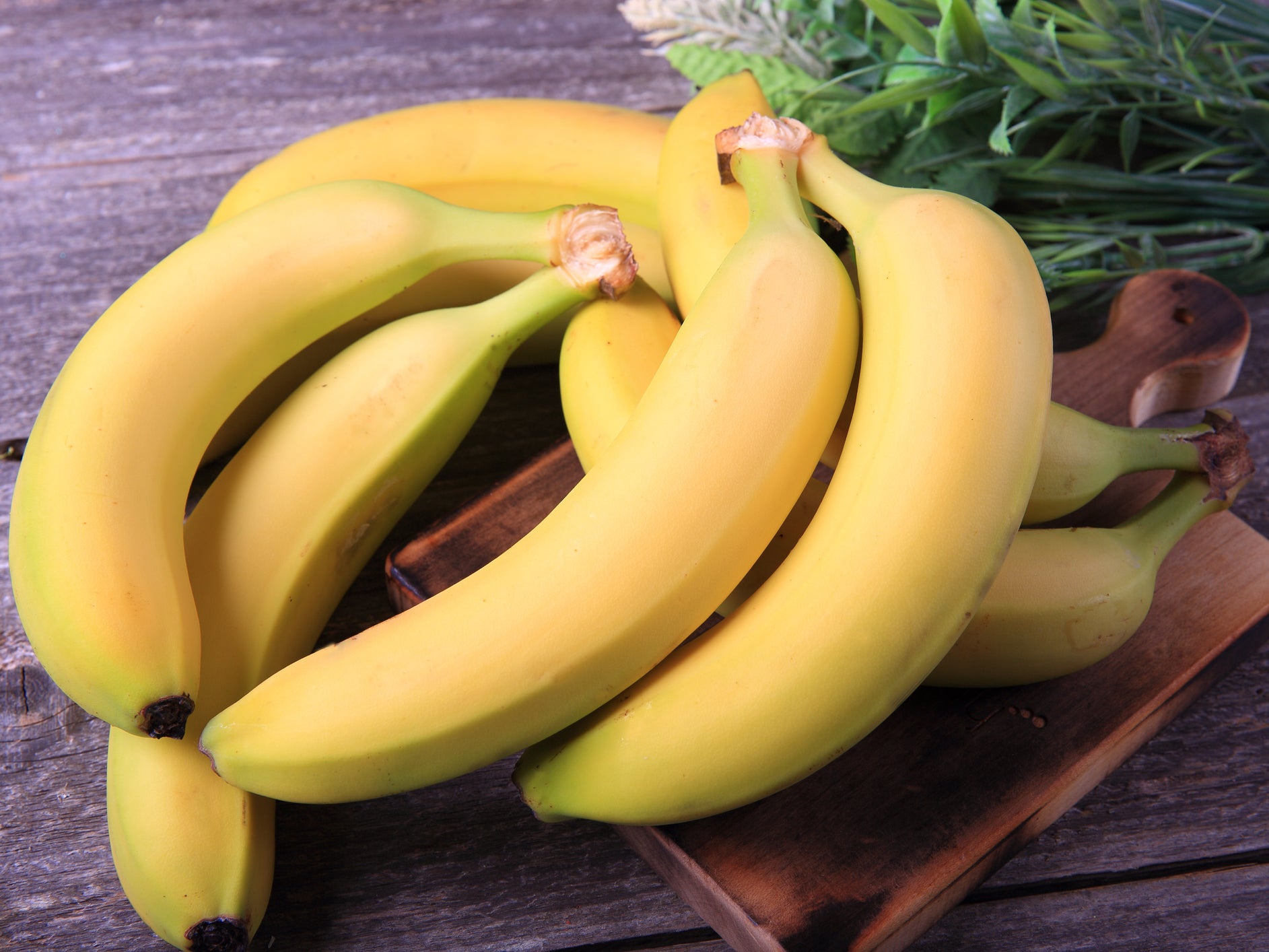
Bananas are grown in tropical regions of the world such as Africa, Latin America and the Caribbean, Banana Link states
Approximately a fifth of all bananas produced in those areas are exported to the rest of the world.
The average Brit eats around 10kg of bananas a year, the equivalent of 100 bananas.
Grapes
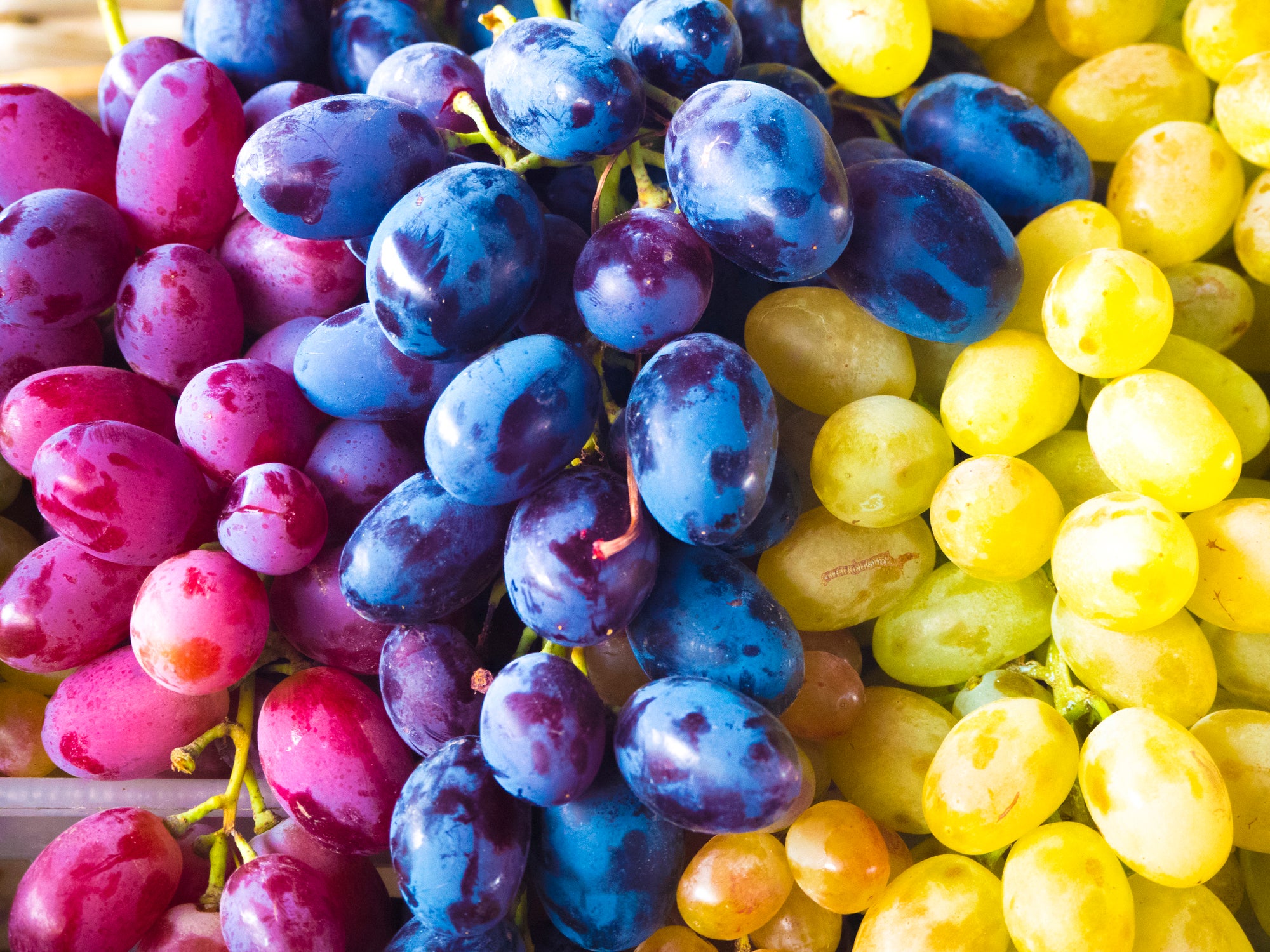
Italy and France are the two largest producers of grapes.
According to World Atlas, Italy produces around 8,307,514 metric tonnes of grapes every year.
When growing your own grapes, the RHS advises making sure the vines are exposed to plenty of sunlight, and recommends cultivating the fruit indoor for optimum results.
Sweet potatoes
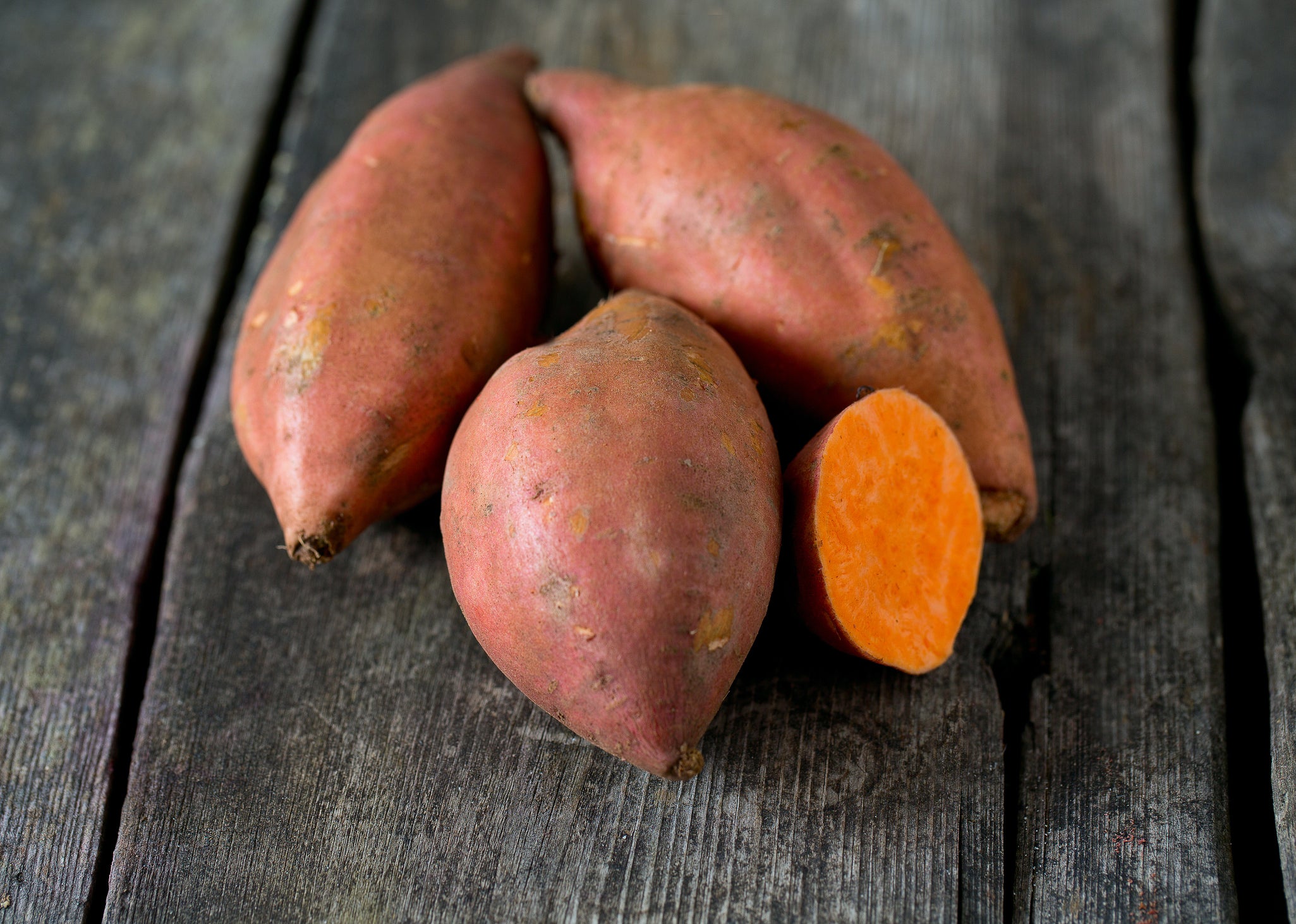
Sweet potatoes require around four months to grow, which is why it's ideal that they do so in a warmer climate, The Old Farmer's Almanac explains.
While it's believed that the sweet potato originated in central or southern America, the vegetable can easily be grown in the UK.
When cultivating sweet potatoes in the UK, it's ideal to do so in greenhouse borders or polytunnels, says gardening experts Thompson and Morgan.
Oranges
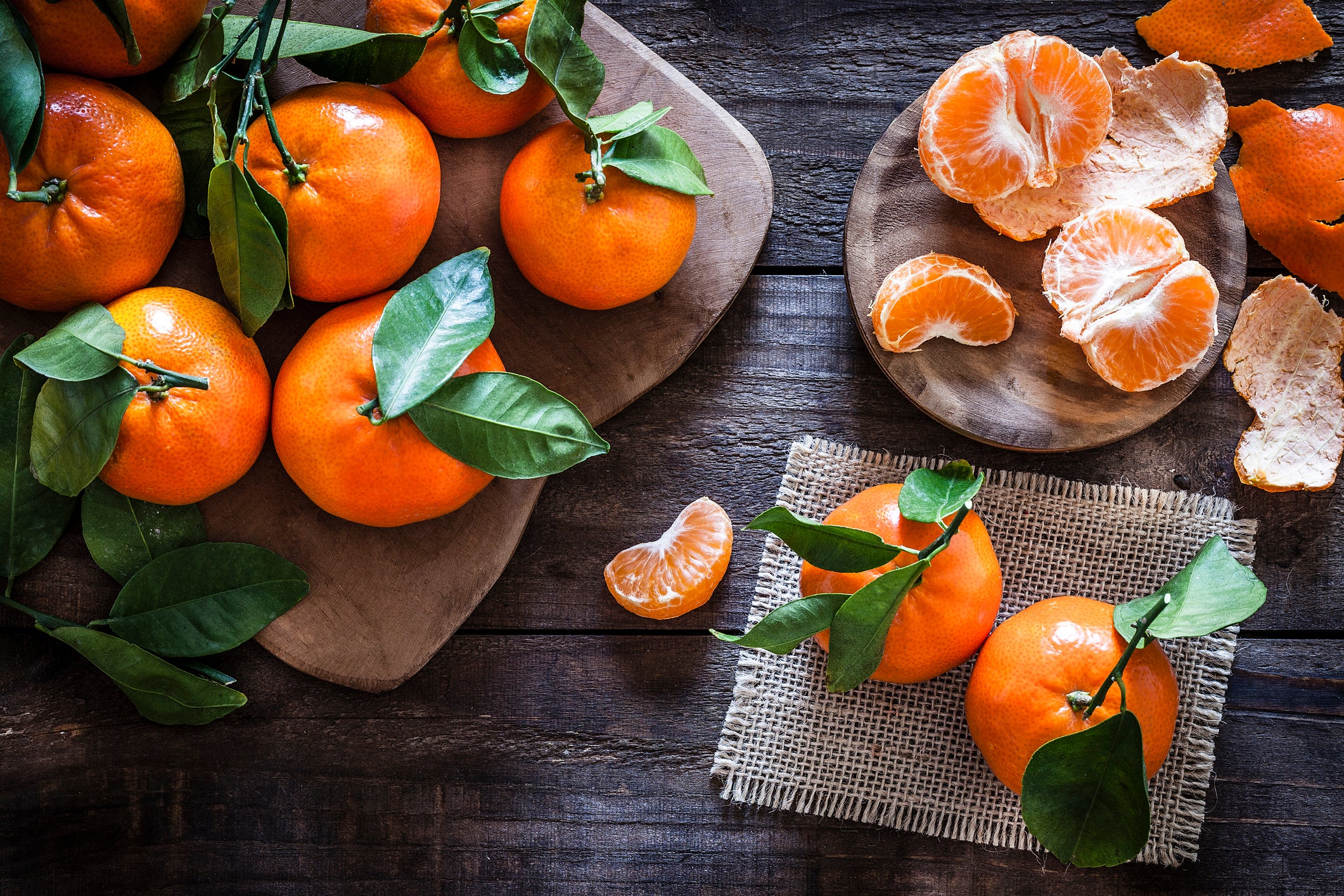
Brazil is the largest producer of oranges in the world, producing around 30 per cent of all oranges exported around the globe, World Atlas explains.
Almost all of orange production in Brazil takes place in the city of São Paulo.
The US is the second largest orange producer in the world, with China coming in third.
Cucumbers
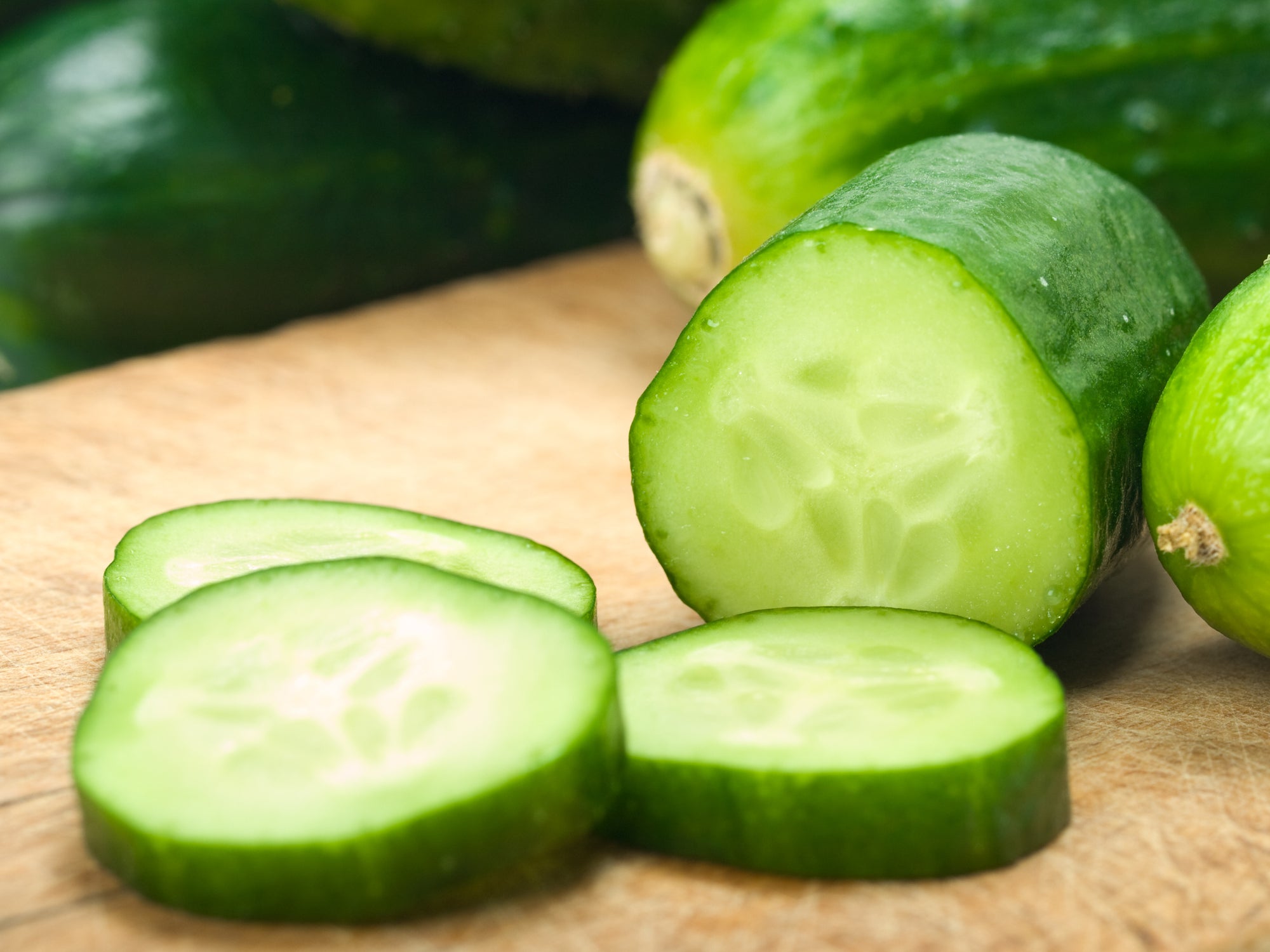
The cucumber plant is native to India, says Colorado's Food Source Information, having been grown in the country for thousands of years.
In 2016, it was reported that China had produced nearly 77 per cent of all the world's cucumbers and gherkins, cultivating 80.6 million tonnes of the vegetable.
Carrots
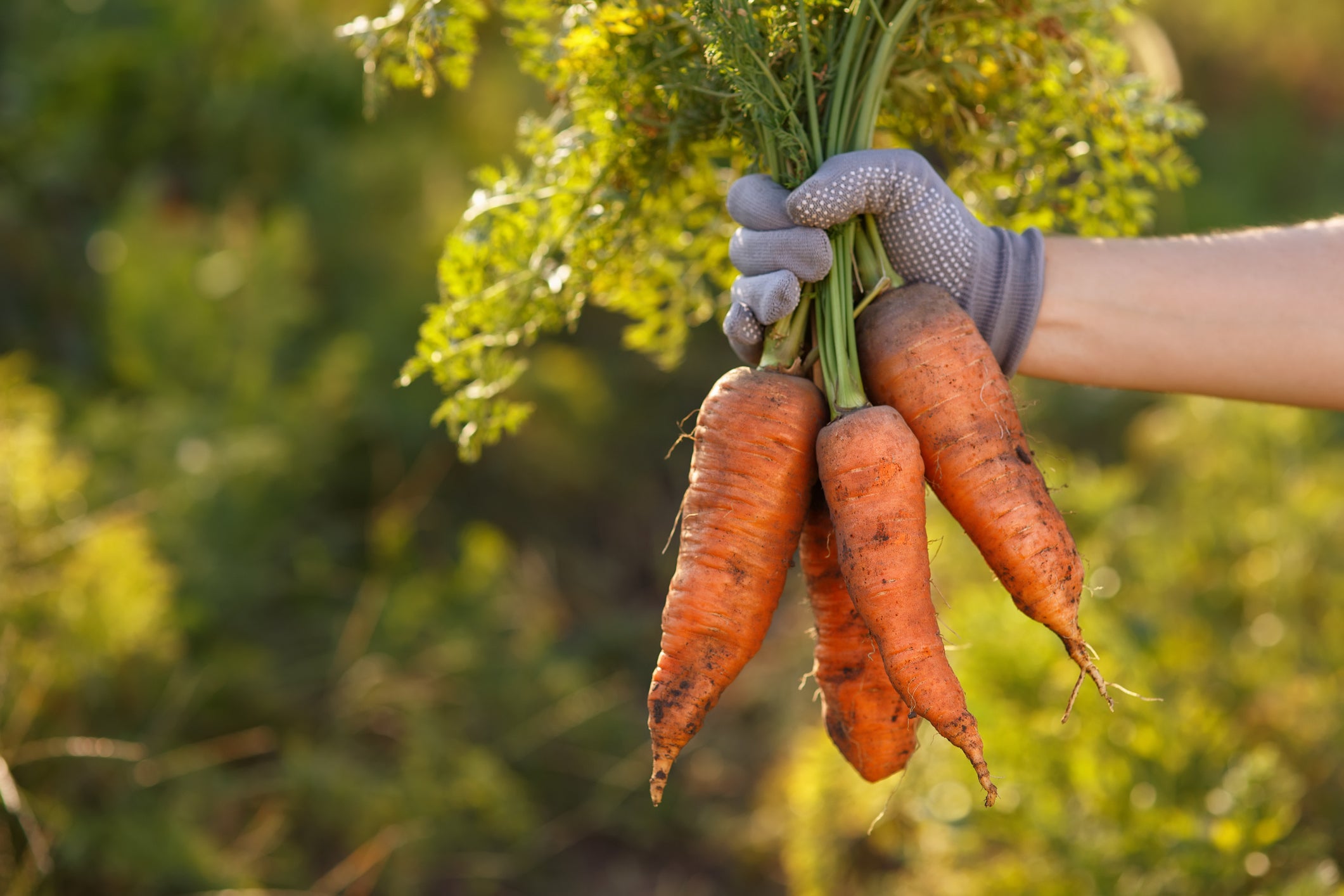
The top three producers of carrots around the world are China, Uzbekistan and Russia, World Atlas outlines.
The US comes in fourth on the list, producing around 1.3 million tonnes of carrots and turnips on an annual basis.
According to Great British Carrots, the UK produces more than 700,000 tonnes of carrots every year.
Tomatoes
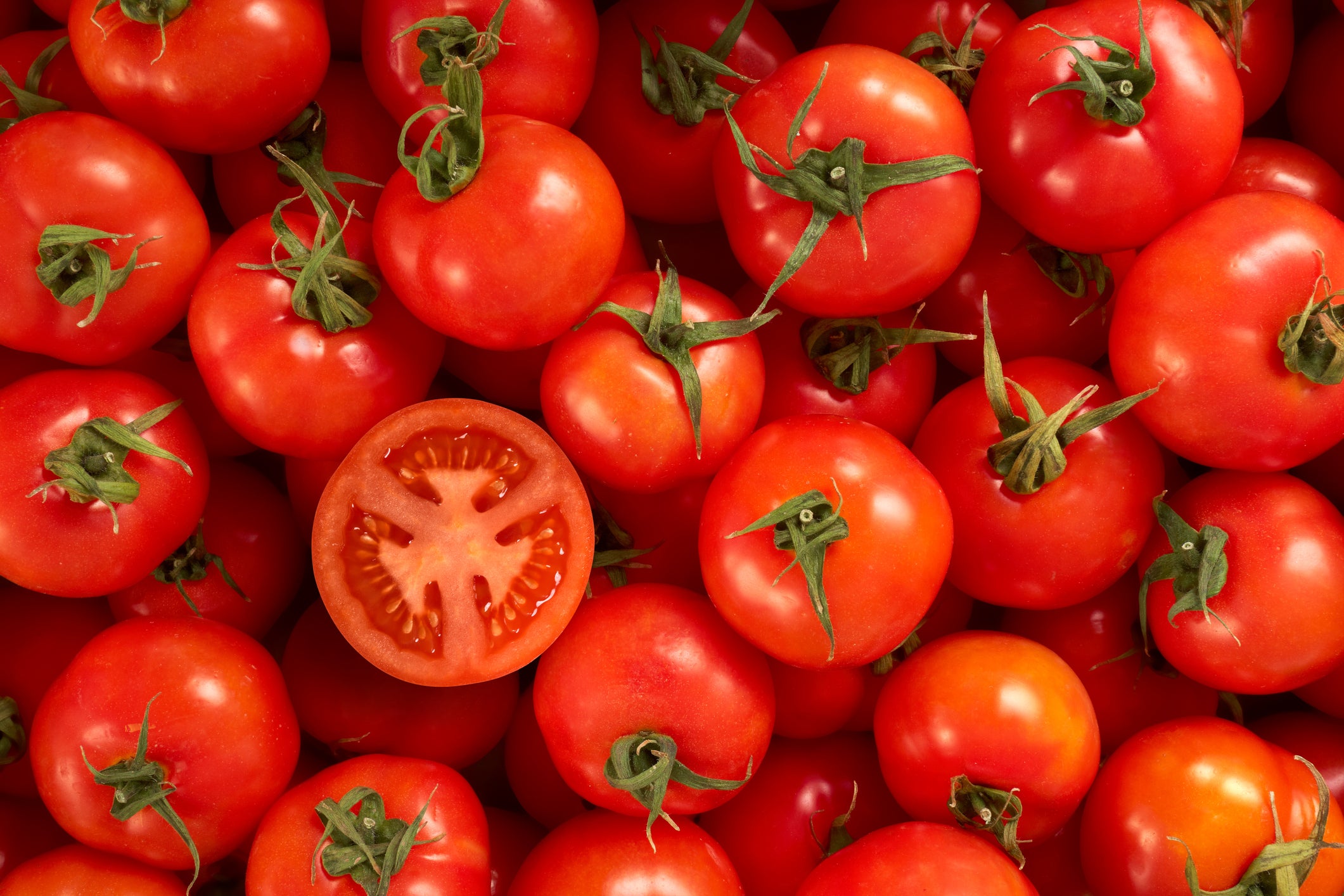
In 2016, 177 million tonnes of tomatoes were produced around the world.
China is currently the largest producer of tomatoes across the globe, followed by India in second and the United States in third, reports The Daily Records.
The largest producer of tomatoes in Europe is Italy, cultivating more than 5.6 million tonnes of tomatoes on an annual basis.
Lettuce
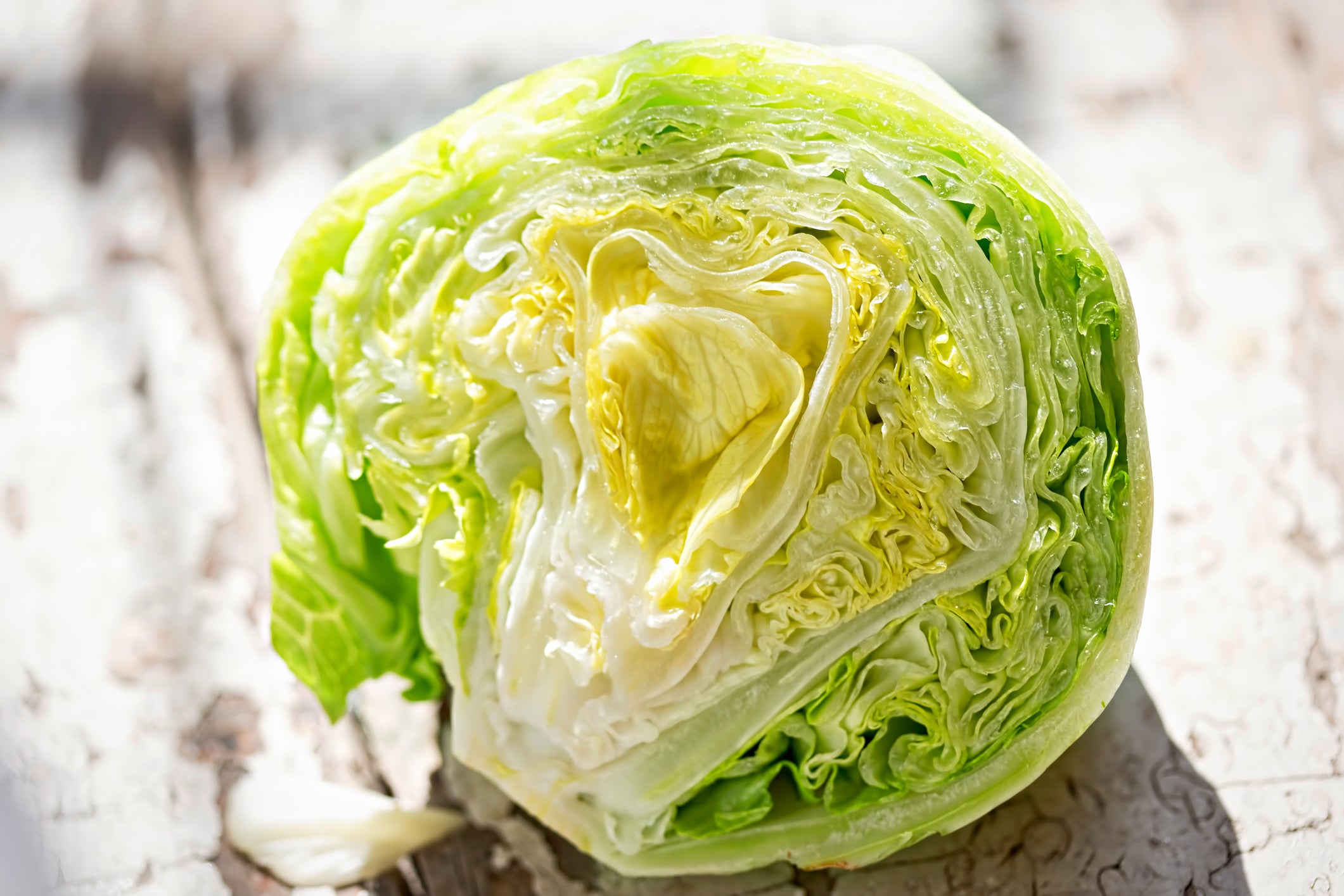
While China is one of the largest producers of lettuce around the world, Spain and the US are the two largest exporters of the vegetable, World Atlas states.
In 2017, some supermarkets in the UK were forced to ration the quantity of iceberg lettuce customers could buy due to poor growing conditions in southern Europe.
In Tesco, a sign appeared on a shelf that read: "Due to continued weather problems in Spain, there is a shortage of iceberg lettuce. To protect the availability for all our customers, we are limiting bulk purchases to three per person."
Click here for a tomato, red onion and avocado salad recipe and here for Daylesford’s organic millet risotto recipe.
Join our commenting forum
Join thought-provoking conversations, follow other Independent readers and see their replies
Comments